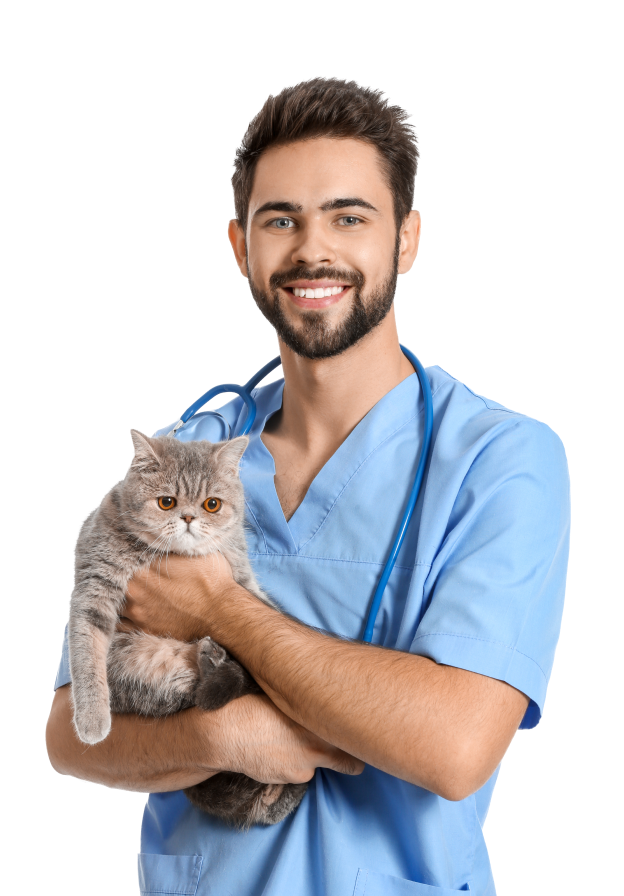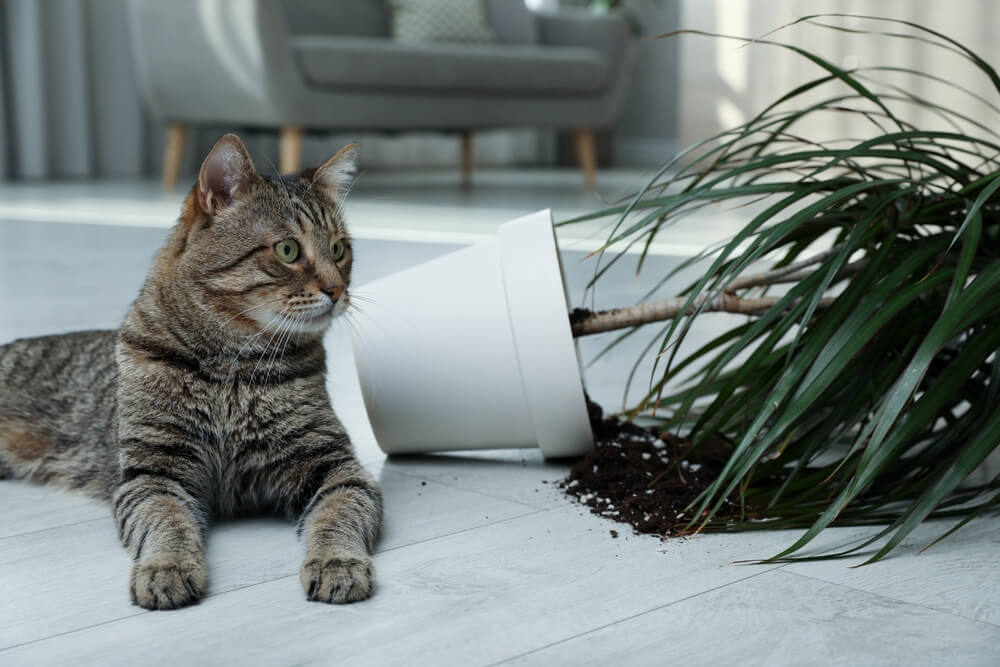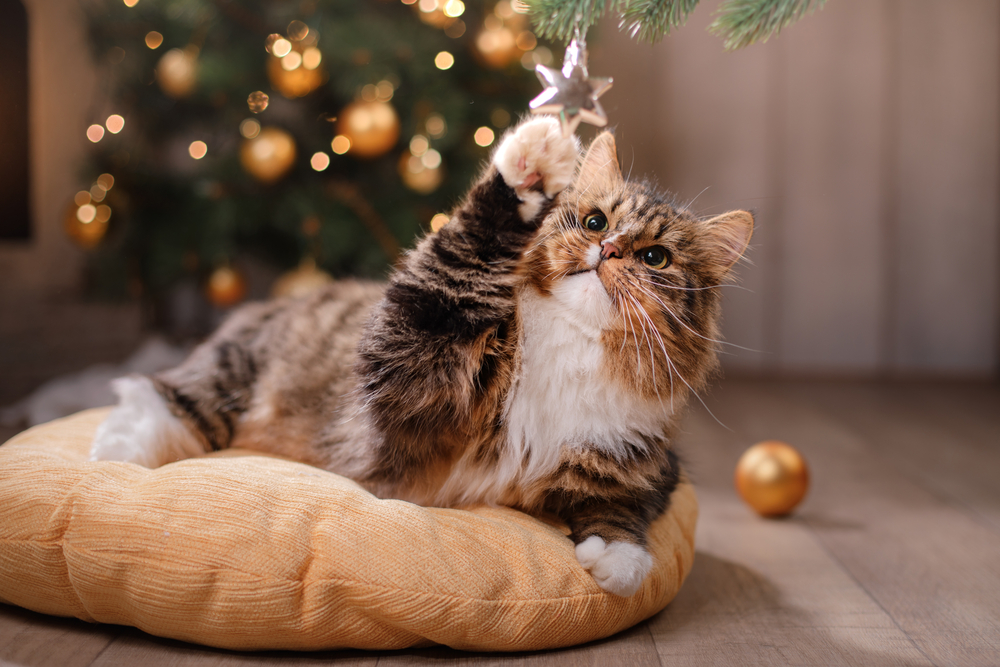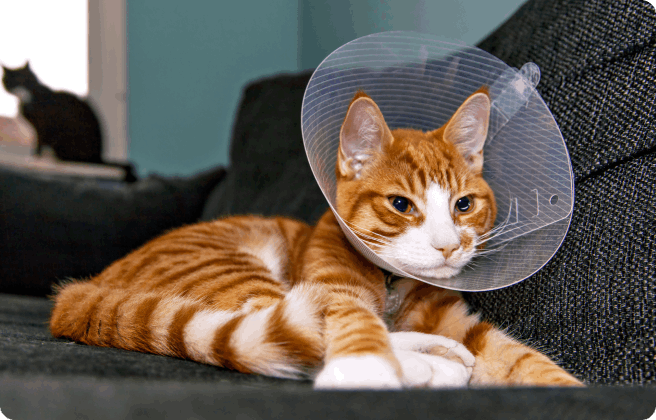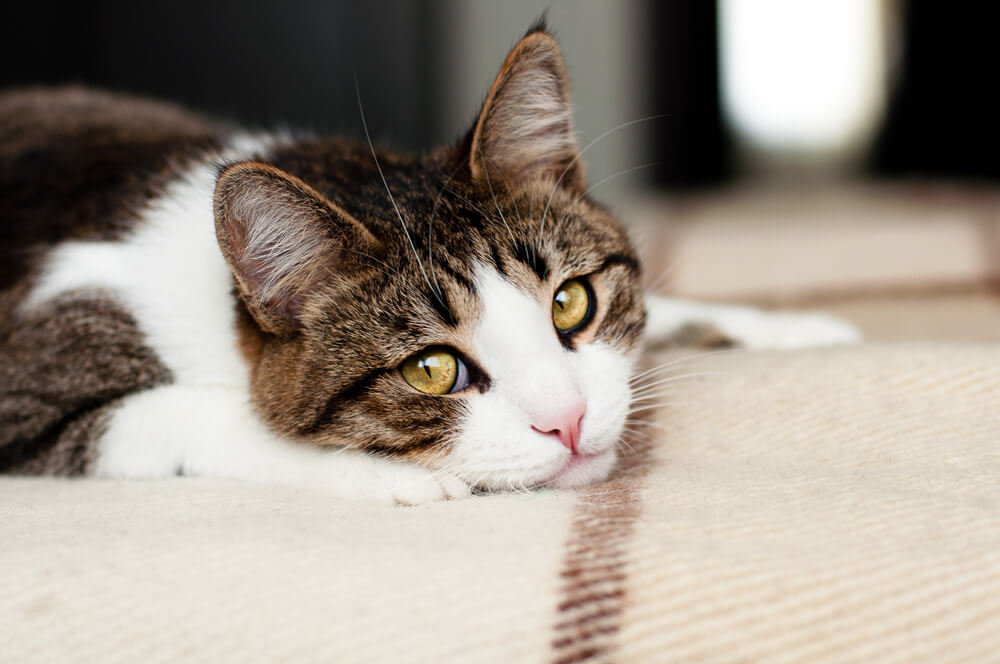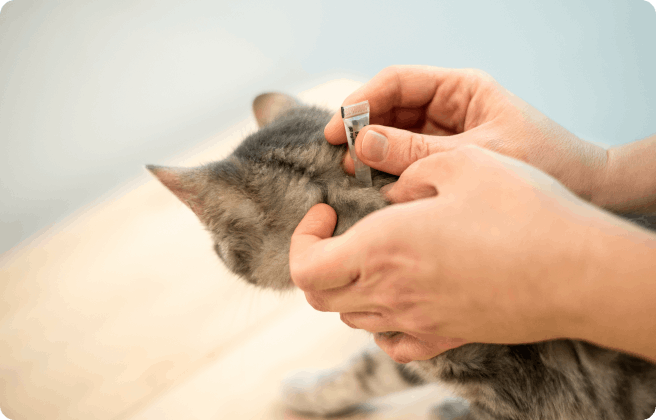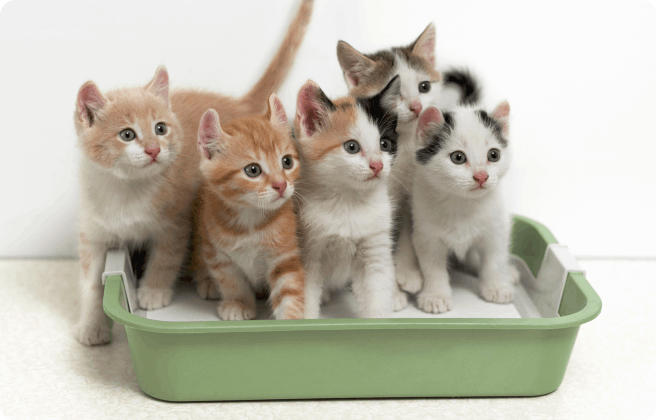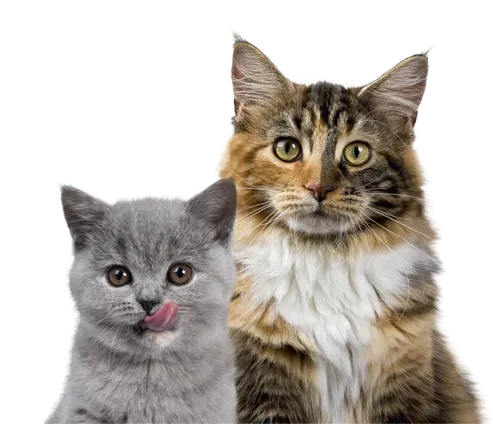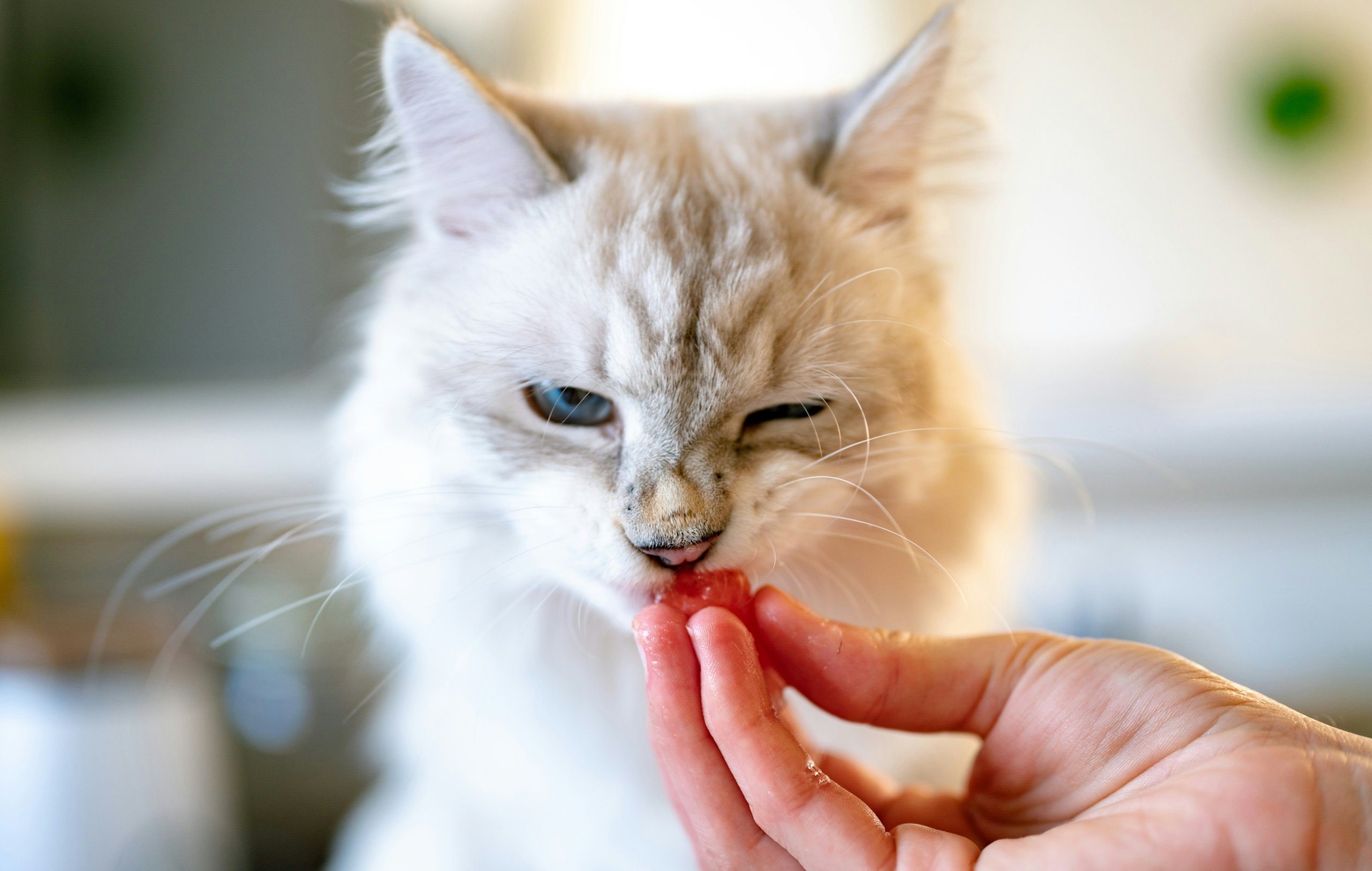
Giving your cat medication can be fraught with stress for both your cat and you as their pet parent. It’s rare that a cat will happily consume the medication they’ve been given — unless it’s heavily disguised within their food.
As with all cats, each one is different, and each will have a differing opinion on whether a pill is a thing to be swallowed alongside a treat without any fuss whatsoever, or a pill is something to be spat out in disgust, causing stress and worry for you as their parent.
But do not fear: whether your cat is chilled or feisty, we have plenty of advice on giving them medication.
A step-by-step guide to giving your cat a pill
Most pills and medication for your cat — whether it’s flea or tick prevention or painkillers or antibiotics — can be put in their food and, fingers crossed, they’ll gobble it up with their meal without a second thought.
You might find though, that miraculously, they eat the entire bowl of food with gusto except for the tiny pill, somehow managing to devour every morsel of food without actually consuming the essential item of medication.
If that’s the case, you could consider trying to squash it into a treat for your cat, which usually your cat will happily gobble down while remaining none-the-wiser.
Sometimes though, the medication is designed not to be given with food. Your vet will inform you if this is the case, as certain medication must be given to your cat on an empty stomach, or the medication might not work if broken into pieces (and may even cause damage to their throat).
If this is the case, you’ll need to be a little more prepared.
- Firstly, it will be easier if two people do the job if possible — one to hold the cat, and the other to give the medication.
- Wrapping your cat in a blanket or towel will help them feel more secure and not lead to a struggle in which you might get scratched or your cat may get injured.
- If you’re on your own, hold your cat so that they’re facing away from you or put them on your lap wrapped in a towel or blanket.
- If you’re feeling stressed — which is understandable in this position, as none of us want to make our cats do something they don’t want to do — your cat may pick up on your stress signals and become more agitated, so try to remain as calm as possible while holding your cat and giving the pill.
- It may help to lubricate the tablet with a greasy substance such as gravy or butter before giving it to your cat, as this will reduce the chance of it getting stuck.
- The one who’s not holding the cat should take the tablet, hold the cat’s head gently under their jaw with one hand, pull their mouth open with the other, and put the tablet on the back of the cat’s tongue before closing their mouth as they swallow the tablet.
- Once they’ve swallowed it, use a syringe to pump water into the side of the cat’s mouth or offer them water immediately — this is important as they’ll need the water to help wash the tablet down.
- Finally, ensure you treat them to a game with their favorite toy or provide some tasty treats as positive reinforcement straight afterward.
What are the best foods to hide a cat’s pill in?
The best foods are high-value treats that you know your cat loves. It will usually be something with a strong smell, or even a piece of cheese, which works well for pushing a pill into then giving to your cat.
Other options are hiding it in their wet food, or in fresh fish such as tuna, or meat or poultry.
What if my cat refuses to swallow the tablet?
There are options if your cat repeatedly spits out the tablet, so if this is the case try not worry too much.
If you’ve tried disguising it in food and giving the tablet directly and neither has worked, the next step should be to speak to your vet — they may suggest using a device called a ‘pet piller’ or ‘pill popper’, which works in a similar way to a syringe. Or your vet may suggest giving the same medication but in a liquid form.
We uphold the highest editorial standards when creating the authoritative content pet parents rely on and trust.
Every piece of clinical content on the Cat Food Advisor is reviewed by our certified Veterinary Advisory Board, which consists of licensed veterinarians and medically certified specialists.
Our reviews are completely independent; we are not paid by any pet food company to promote their products favorably. We do not accept money, gifts, samples or other incentives in exchange for special consideration. For more information see our Disclaimer & Disclosure page.
